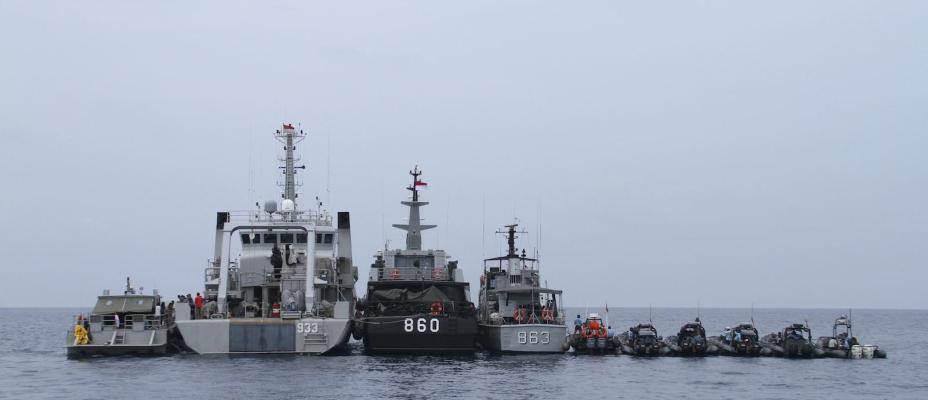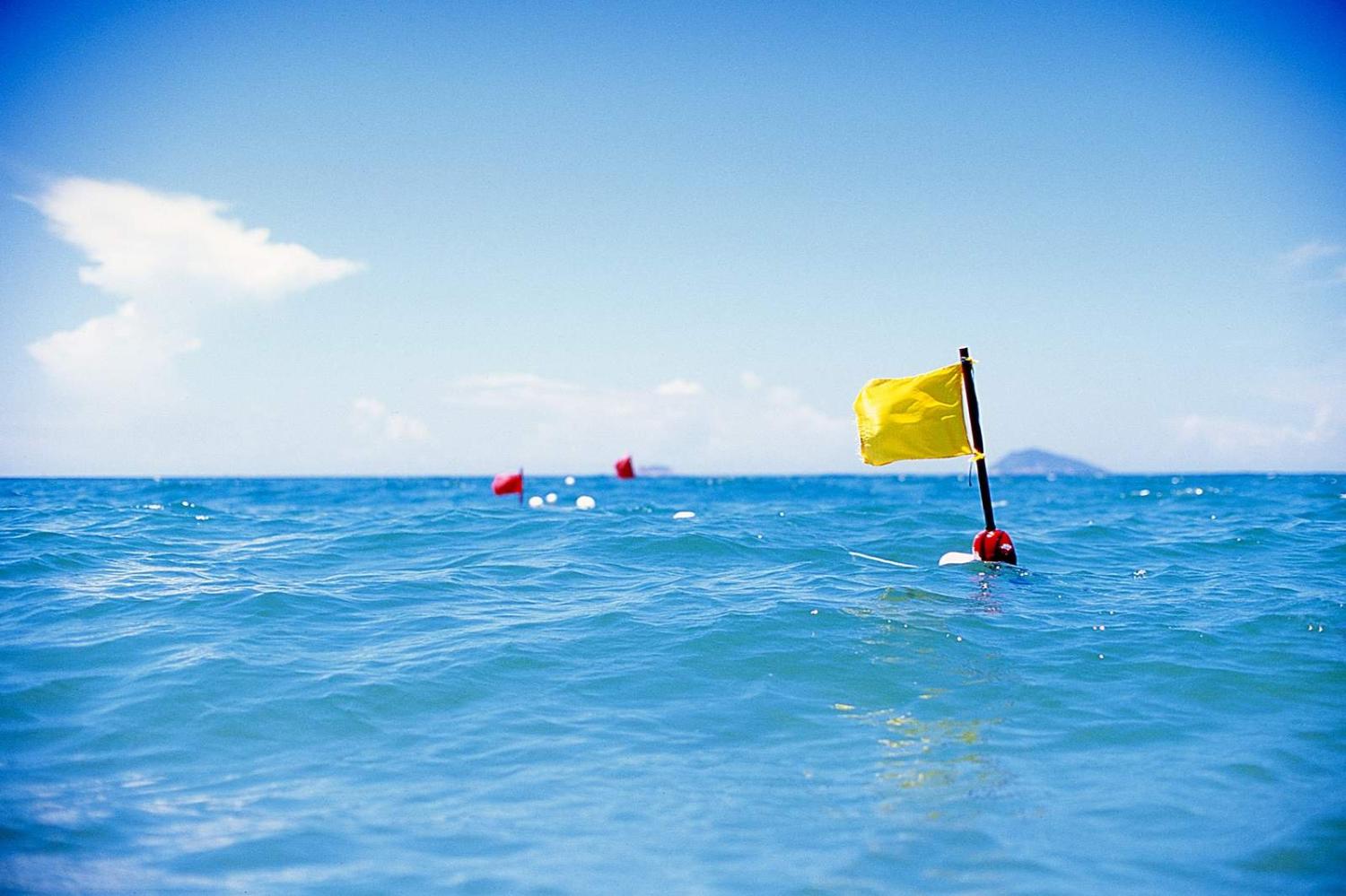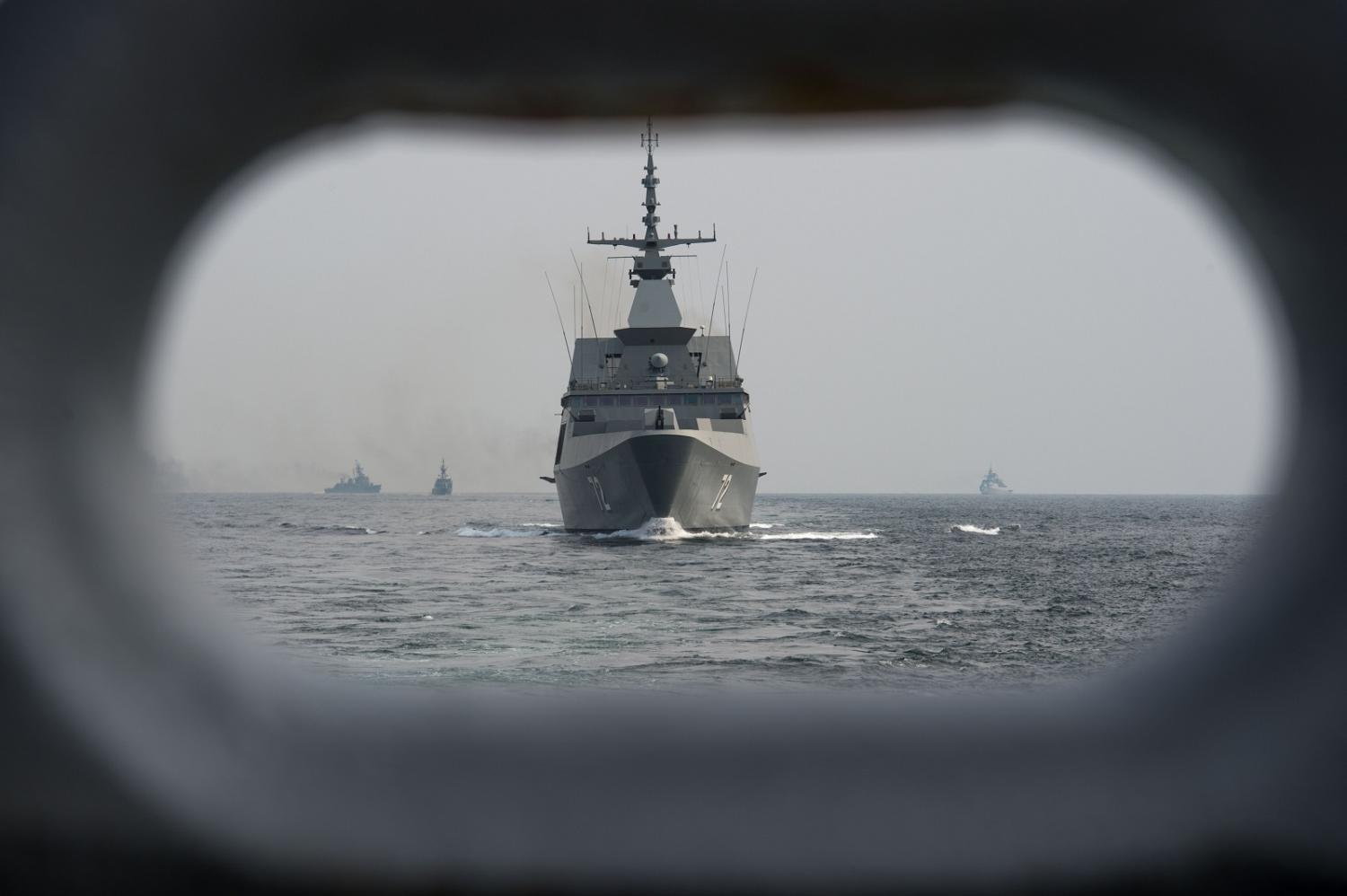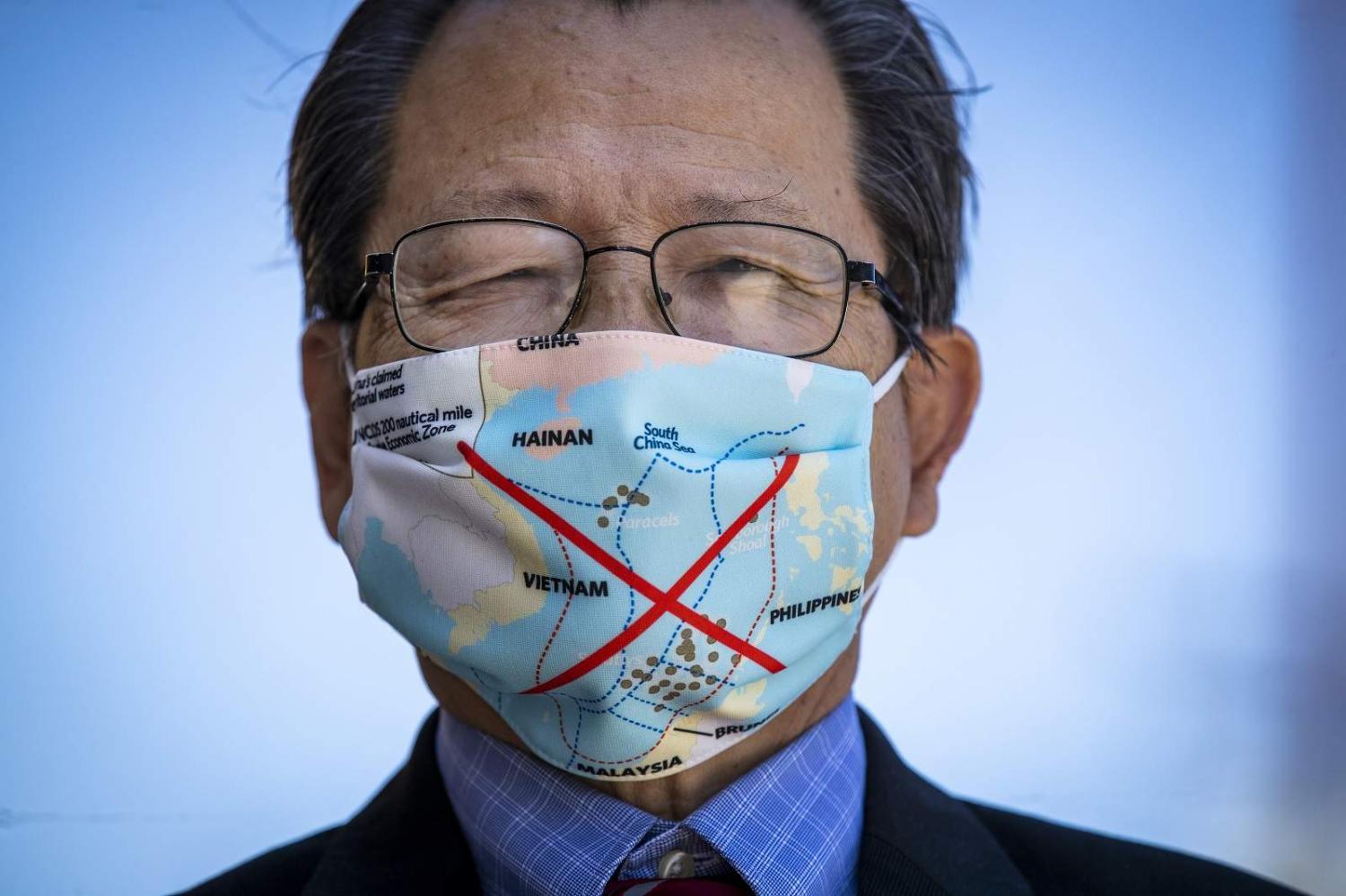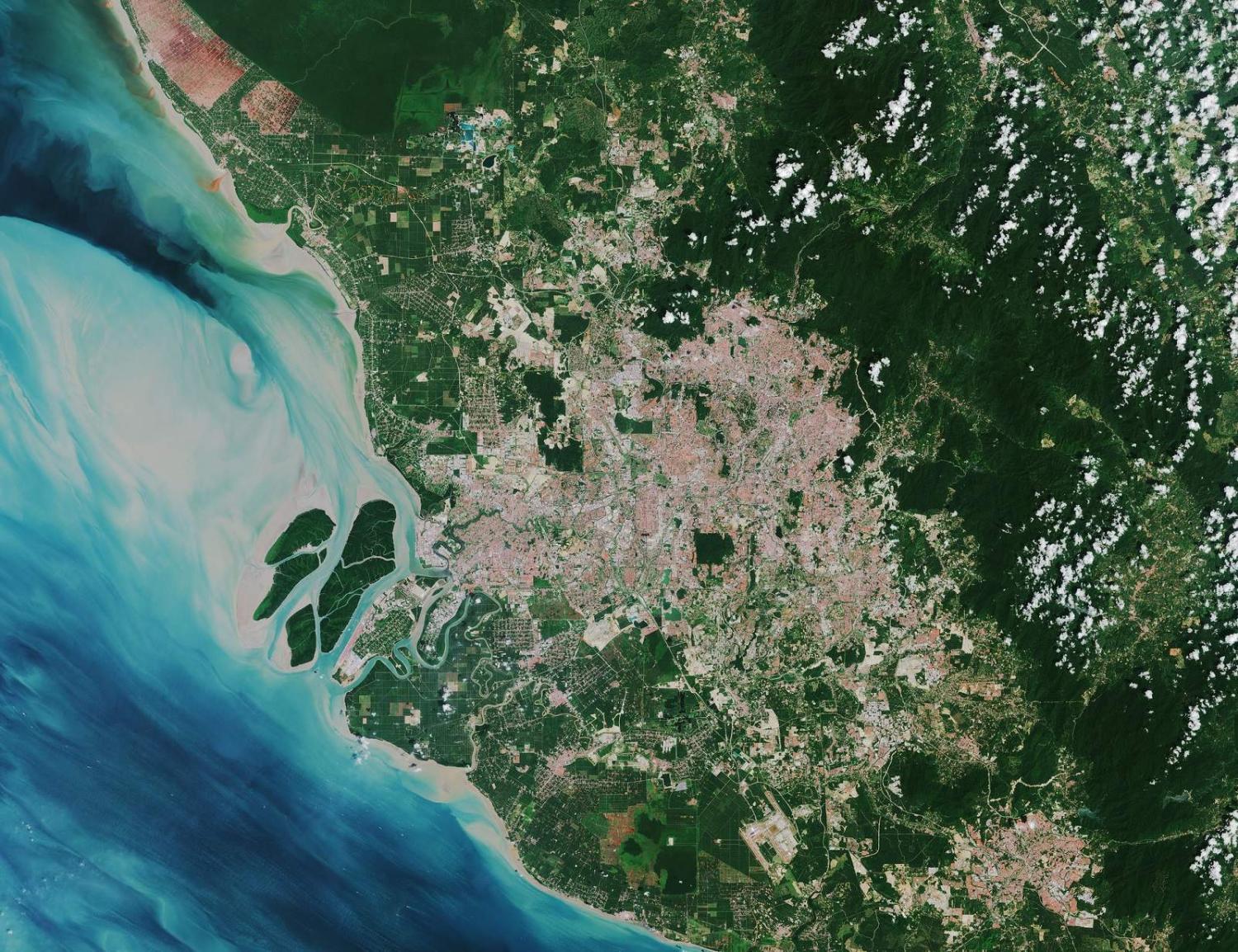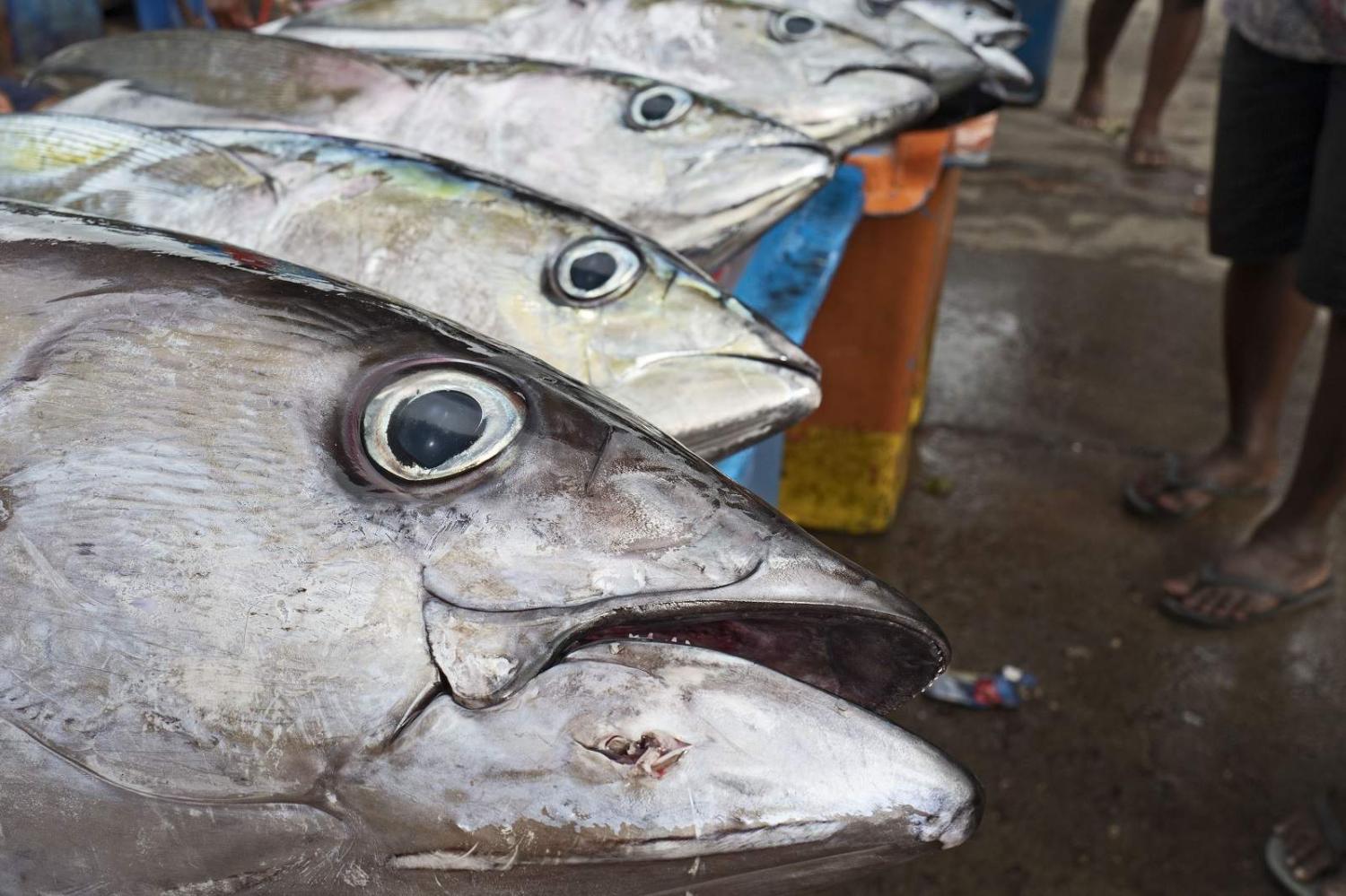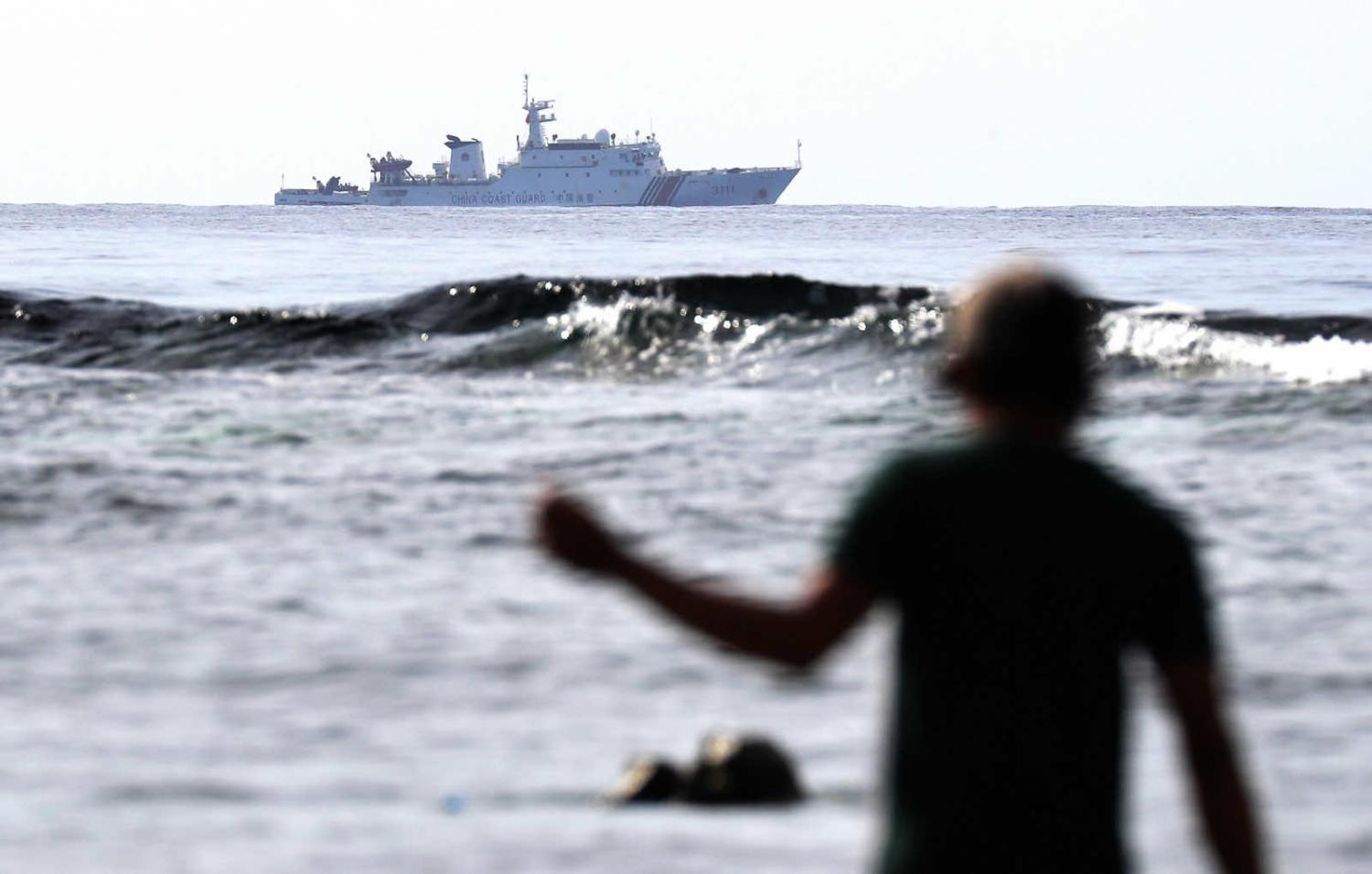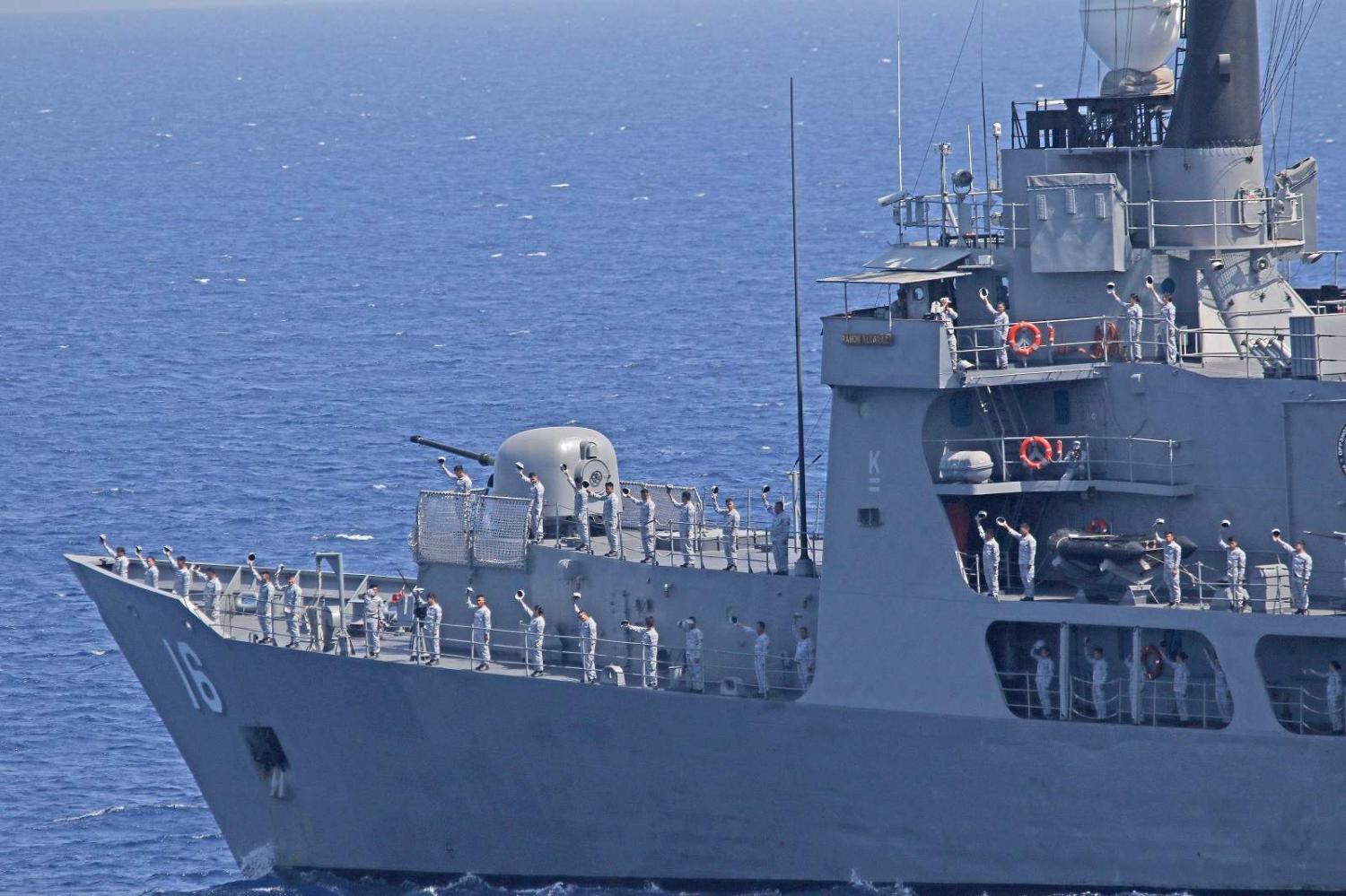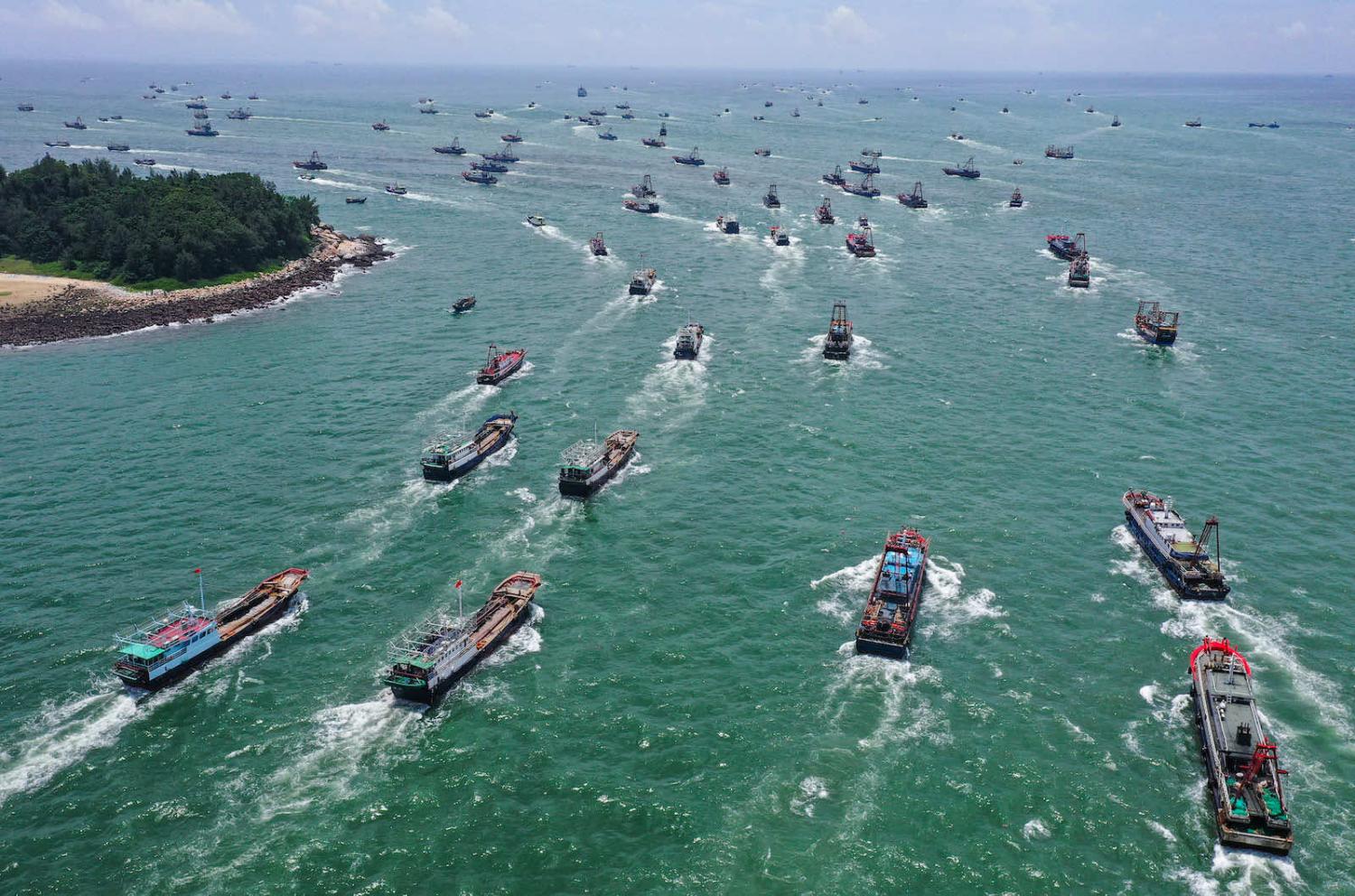Maritime disputes in Southeast Asia should be viewed less as a single big basket of problems, and more as smaller individual problems with their own corresponding solutions. There is not a one-size-fits-all approach. And three inter-related policy contexts can help explain why some troubles persist more than others.
The first is that regional policymakers do not always rank maritime disputes as their top priority. In fact, foreign policy in general does not rank very high among increasingly inward-looking regional governments. They are likely to be more concerned with pandemic management and economic recovery, for example. Even within the hierarchy of foreign policy priorities, maritime disputes are rarely the first order of concern. ASEAN member states are still grappling with issues such as the Myanmar crisis, ongoing Covid-19 effects and dozens of other “regular” problems, such as regional connectivity.
Where maritime disputes are entangled with great power politics, such as over the South China Sea, regional governments prefer to downplay the issue by using vehicles such as the ASEAN-China Code of Conduct (CoC) process. The CoC gives the appearance of “working through” the disputes while side-stepping great power politics, even though after two decades there is no end in sight to tensions over the resource-rich waterway.
The South China Sea is also not the only maritime dispute Southeast Asian policymakers worry about.
Avoiding great power entanglement in maritime disputes is a deliberate choice for some countries whose elites depend on certain great powers for private benefits and public goods. A performative platform such as the CoC also gives the strategic space for claimants under the UN Convention on the Law of the Sea (UNCLOS) to postpone clarifying, aligning and finalising their maritime claims. In short, these countries engage in performative tension management to provide domestic political cover amidst great power competition.
The second context is the maritime security landscape. Daily “operational” challenges – from illegal, unreported and unregulated (IUU) fishing and armed robbery at sea, to terrorism and illegal trafficking – occupy Southeast Asian maritime policymakers and demand sizeable portions of their budget. Most maritime disputes, meanwhile, are classified as long-term “strategic” problems. Given their complexity and cost, regional policymakers are not always eager, willing or capable to address them immediately.
The South China Sea is also not the only maritime dispute Southeast Asian policymakers worry about. Vietnam, Singapore, Malaysia, Indonesia and the Philippines remain concerned about – and continue to have – unresolved maritime delimitation claims among themselves. Some of these have festered for decades and have elicited stronger domestic political pressures than the South China Sea.
These two contexts suggest that Southeast Asian policymakers do not always have the strategic and domestic bandwidth to focus on maritime disputes. The longer they can delay directly dealing with them, the more time, energy and resources they can spend on what they believe to be other urgent priorities. Unsurprisingly, many regional policymakers do not have a long list of “out of the box” options to address the disputes over their waters.
This has implications for the third policy context, which relates to countries’ strategic toolkit diversity. It is safe to assume that claimant state officials are generally aware that the “solution” to their disputed waters involves clarifying their claims under UNCLOS and engaging in delimitation talks. But the domestic resources and will required in such complex decades-long endeavours are not always readily available, especially if policymakers are not fully confident in their own claims under UNCLOS.
The distinction between dispute resolution and tension management is important in understanding what tools are designed for and what outcomes to expect.
As such, maritime diplomacy short of delimitation talks should not be viewed as a “dispute resolution” tool. It is at best a “tension management” pathway – some of which, such as the CoC, was designed to be a precursor or precondition for “good faith” final future delimitation talks. The distinction between dispute resolution and tension management is important in understanding what tools are designed for and what outcomes to expect.
There are, of course, more than just multilateral tension management options available. The United States and China have plenty of bilateral tension management tools at their disposal. Economic and fisheries cooperation between some of the South China Sea claimants can also be viewed in the same light. The problem has been that regional states seemed locked into path-dependent options such as the CoC process. Over time, as the costs of investing in the CoC have increased, regional policymakers have found it more difficult to contemplate new options.
This is why China’s grey zone tactics in the South China Sea have become so effective. As the tactics operate below the threshold of kinetic aggression, Southeast Asian policymakers cannot easily – or may not want to – present them as requiring an urgent set of policy responses. In other words, if regional policymakers remain committed to the CoC without developing new options, China’s grey zone tactics become all the more effective.
These three contexts – policy priorities, the maritime landscape, and toolkit diversity – help explain why some maritime disputes in Southeast Asia persist longer than others. In the South China Sea, one cannot be faulted for thinking that regional policymakers are willing to tolerate a prolonged CoC process because they cannot contemplate other options, or that they find it easier to buck-pass the problem to ASEAN and forego the cost of clarifying their claims and beginning delimitation talks.
If the region is pushing for solutions, they must be precise and custom-made.
This article is part of a series examining regional perspectives on maritime security. This project is led by La Trobe Asia, Kings College London and Griffith Asia Institute with the support of the UK High Commission in Canberra.
